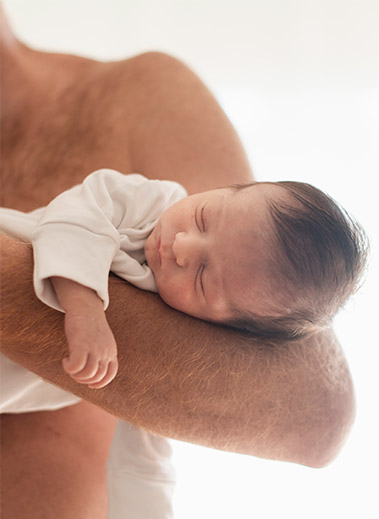Examinations
- Sperm quality analysis .A semen analysis looks at the volume and quality of sperm. It’s one of the first steps in detecting fertility issues. A semen analysis also shows whether a vasectomy was successful. The test involves collecting a semen sample and evaluating it in a lab.
What can be done if you have a low sperm count?If you suffer from ‘oligospermia’ – the term used to describe when the sperm count is low you should take a look at some of the possible causes below. It is almost certain that you should seek some medical advice. The only self-help option that we promote is to use different vitamins and antioxidants.If there are no sperm at all in the semen sample, the condition is called azoospermia. In such cases, you will need to be followed up by a urologist who will ask you questions about your history and also give you a detailed physical examination.Only occasionally are one or both testicles very small or rarely may even be absent. We may also discover that each of the vas deferens are missing – these are the ducts through the sperm must pass during intercourse.Other factors which may contribute to reduced fertility, and which can be identified on examination include:
Varicocele is a term used to describe a condition where there are varicose veins around the testicle and vas deferens. In the case of varicoceles, there is an increase in the blood flow and temperature around the testicle. Even a small varicocele may be significant and affect sperm production. Fortunately this can usually be corrected by surgery.
The presence of excessive fluid around the testicle is known as a hydrocele.
There can occasionally be anatomical defects in the development of the penis. Consequently, during intercourse and ejaculation the sperm cannot be deposited within the vagina very easily. Retrograde ejaculation is a rare condition when some men ejaculate backwards into the bladder. This could be the result of earlier surgery to the urethra (the outflow tube from the bladder). There are other parameters looked for by the laboratory.
- Test for infectious diseases
- Genetic screening and chromosome analysis

Book An Appointment
We are at your disposal to assist you and answer all your questions.
CALL US
+30 210 777 99 20 / +30 210 691 12 00
